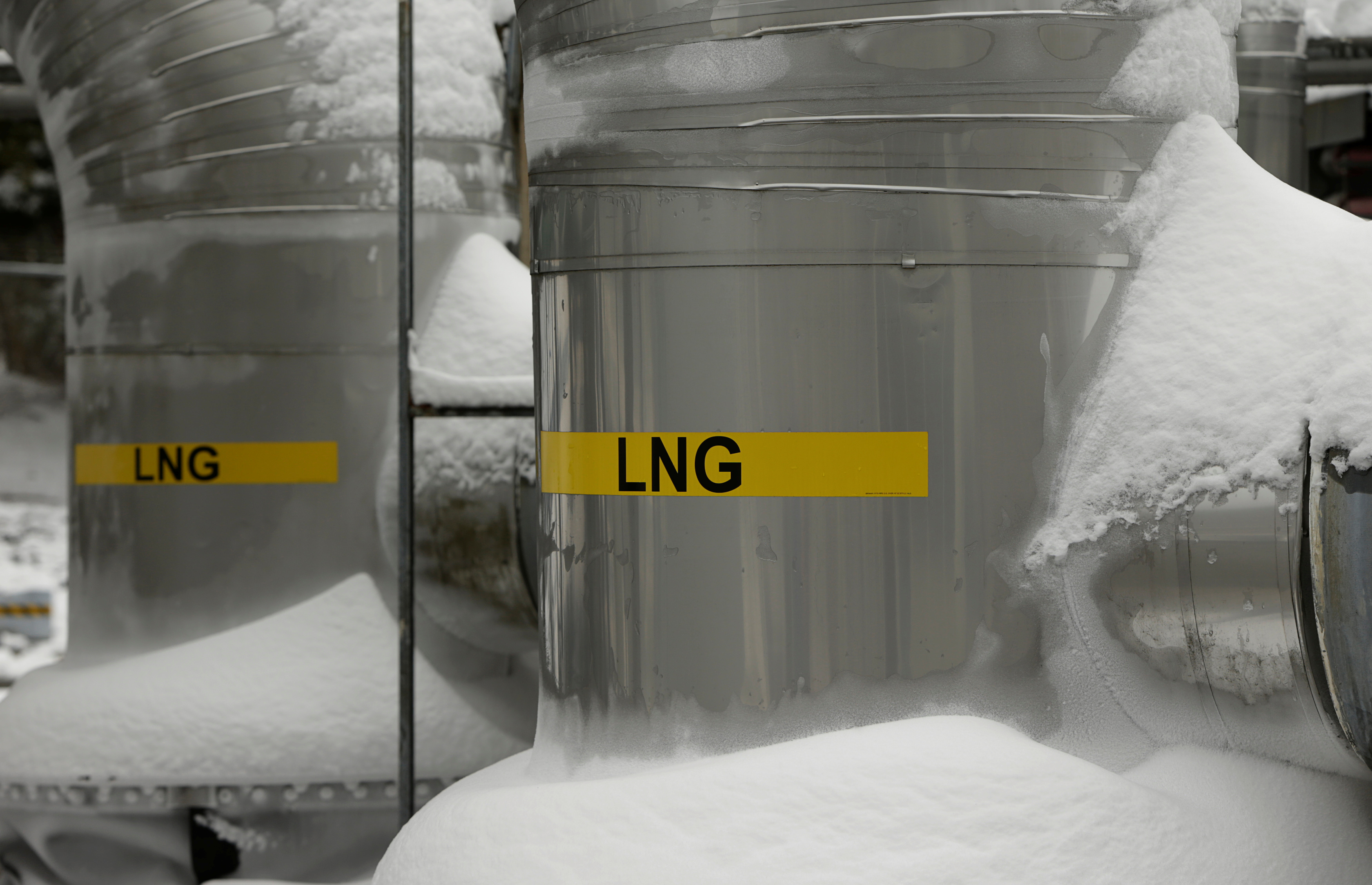LNG may not be a solution to cleaning up international shipping emissions after all, a new study finds
Liquefied natural gas was supposed to be a green alternative to other marine fuels. But a new study suggests it's not that simple.

A new study by the International Council on Clean Transportation concludes that the use of liquefied natural gas in international shipping, a supposedly cleaner alternative to traditional heavy fuel oil and distillate fuels, may in fact result in more greenhouse gas emissions than previously thought.
“LNG does not deliver the emissions reductions demanded by the International Maritime Organization’s (IMO) greenhouse gas strategy. […] Using it might actually worsen shipping’s climate impacts. Given this, it is fair to question continued investments in LNG infrastructure on ships and on shore, as these could make it harder to transition to low- and zero-carbon fuels in the future,” the report concludes.
Liquefied natural gas has become increasingly popular as it meets the IMO’s stringent sulphur emission standards that recently took effect, and because it is less expensive than marine gas oil or even heavy fuel oil.
A number of global shipping companies, such as Maersk and CMA CGM, have launched campaigns to use or at least investigate the switch to LNG. It has also proven popular along cruise ship operators, especially those operating in the Arctic, including Norway’s Hurtigruten. Currently, there are 756 vessels in use or on order that use LNG as a fuel — a figure which has doubled since 2011.
The new report considers lifetime emissions of various marine fuels and concludes that LNG could increase the shipping industry’s climate impacts compared to marine gas oil measured over a 20-year period.
Mounting pressure on shipping sector
The global shipping industry has been under pressure to step up its efforts to reduce its growing amount of emissions. The sector already accounts for around 3 percent of global emissions — more than major economies like Germany and South Korea — but if left unchecked that share is forecasted to grow to 17 percent by 2050.
Just last week, a report filed by Germany and Finland to the IMO highlighted that the organization’s low sulphur regulations, which took effect at the beginning of 2020, may in fact increase the amount of black carbon, with potentially detrimental especially for the Arctic region.
Thus, the ICCT report represents the second major finding in as many weeks about the harmful impact of the shipping industry on climate change, despite ongoing efforts to reduce the sector’s emissions footprint.
Importance of including not just CO2
Natural gas and its liquid form, LNG, has long been hailed as a cleaner alternative, not only in maritime transport, but also in local and regional public transit.
“This groundbreaking new analysis is a damning climate indictment of LNG as marine fuel. For a sector that is already one of the largest contributors of global greenhouse gas emissions, this report reveals that switching ships to LNG is worse than doing nothing,” said Kendra Ulrich, Senior Shipping Campaigner at Stand.earth, a grassroots environmental organization that commissioned the study. Part of the problem, Ulrich said, is that the IMO does not include all GHG in its emissions reduction strategy, but focuses mostly on CO2.
Experts highlight that it is important to consider the entire lifecycle of emissions from a type of fuel. This is especially relevant for LNG, which consists primarily of methane, a greenhouse gas many times more potent than CO2.
“To be clear, LNG is primarily methane, and methane is a potent climate-disrupting gas,” explains Ulrich. When all emissions are taken into account LNG fuel may not be the solution for reducing emissions, it is often touted to be.
Dr. Elizabeth Lindstad, Chief Scientist at SINTEF Ocean, Maritime Transport, one of Europe’s largest independent research organisations, voices similar concerns and confirms the importance of adopting policies that reduce the full range of greenhouse gas emissions from shipping, instead of just CO2.
Thus it is important to include the “well-to-tank emissions” emissions caused during the production, refining, and delivery of fuels. “If we fail to include all GHGs and focus only on CO2, we might end up with a large number of ships fulfilling all efficiency requirements, but where the GHG savings are on paper only,” Lindstad concludes.
The type of engine matters
An important element of calculating the full emissions footprint of LNG is “methane slip.” This is methane that is not used as fuel during combustion in an engine, but essentially escapes unchanged into the atmosphere.
The study found that the amount of emissions, especially methane slip, vary significantly by engine type. Low-pressure injection engines emit higher amounts of unburned methane compared to high-pressure engines. Low-pressure, dual fuel engines (LPDF), that can burn both natural gas and traditional fuels, are the worst offenders emitting 70 percent more greenhouse gases when used with LNG compared to marine gasoil.
LPDF engines are also the most popular type of LNG-burning engine accounting for at least 300 vessels out of the total of 765 and they are especially popular with cruise ships.
An important factor, especially for cruise ships and shipping in Arctic waters is that methane slip varies depending on engine load. When engine load is lower, more unburned methane gets released into the atmosphere. Since sailing speeds are traditionally lower in the Arctic and during coastal cruises, LNG may be particularly unsuitable for vessels operating in these types of waters.